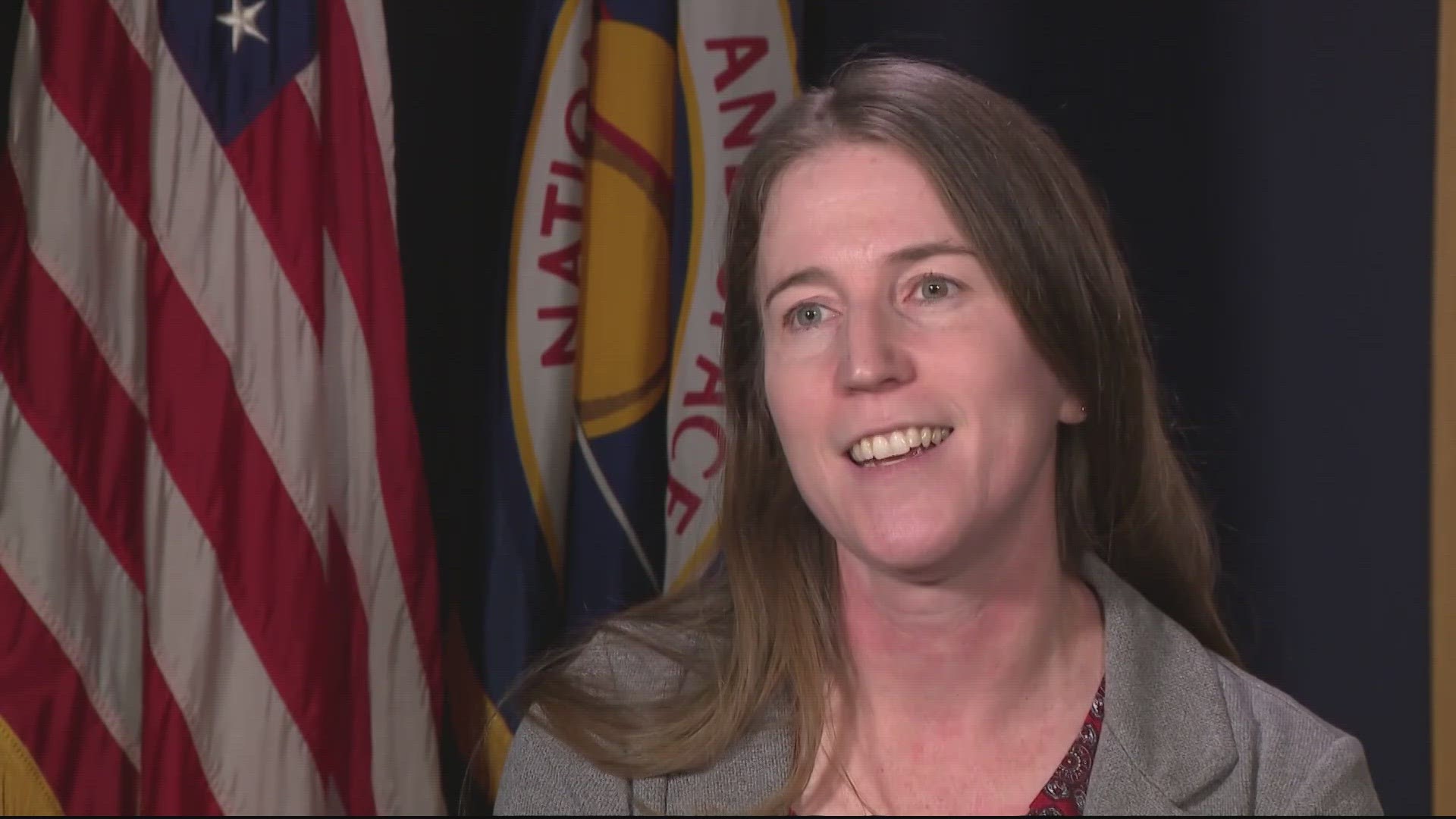WASHINGTON — Kate Calvin has been the Chief Scientist and Senior Climate Advisor at NASA for just over a year and has already overseen major launches and advancements at NASA like the James Webb Space Telescope and Artemis One, just to name a couple.
“It's been really fun to be a part of all of that to be a part of the team that helped all that happened,” exclaims Calvin.
The role of Senior Climate Scientist is relatively new to NASA.
“We look across NASA, we have climate throughout the agency, we have climate activities and multiple missions in multiple centers," Calvin said. "And this role is really about connecting all of that.”
She added that one of the most important NASA missions is our home planet.
"So we are a US space agency that does end-to-end research on observations and models technology,” Calvin said.
On the observation side, there are more than two dozen satellites and instruments in orbit that observed the earth so they can show vegetation, carbon dioxide, clouds, and precipitation and much more.
On the technology side, NASA is developing technologies that can help mitigate or adapt to climate change. One example is their aeronautics team which has been working with the aviation industry for decades to reduce energy use and emissions in aircraft.
“We’ve been working on an all-electric airplane and will be a testing that later this year,” said Calvin.
And, as always, the public will be privy to the mission.
“One of the things that NASA does all of our satellites, all of our missions, we make all of the data publicly available," said Calvin. "What we're working on now is making it more accessible, so easier to use. And so we're taking steps to you know, put out tools and resources, not just as the final end product data. We're also working to, you know, translate some of our trainings into Spanish language to make it easier for people to use.”
Calvin said 2022 was a great year for science and even more is on the way.
"So on the earth science side, we're launching a satellite called tempo that will help us understand air pollution and air quality,” she explained. “Then on the outside of our science, we have a sample return from an asteroid coming back this year and an annular eclipse towards the end of the year. There's a lot of exciting science coming at NASA.”

